SIMUCUBE 2 Sport – Direct Drive Wheelbase – Review


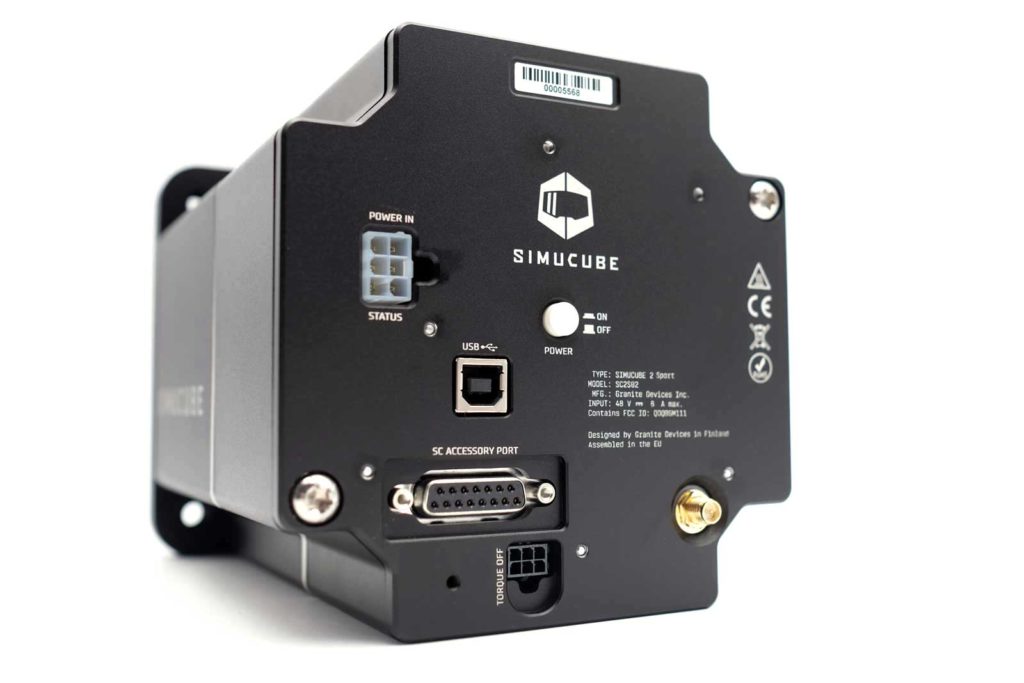
Ordering and shipping
The base presented and tested here was purchased privately. However, a large number of stores are now listed as official partners of Simucube, and a complete overview can be found on Simucube’s official site:
Scope of delivery
The scope of delivery of the base is very lush, even an emergency stop and a ready-made quick-release system are included. A nice-to-have would certainly have been an included mounting option, but this must be purchased separately. Depending on the mounting method, additional costs of about 50-150€ are to be expected here for ready-to use solutions.
- Simucube Base
- USB connection cable
- Emergency stop including connection cable
- Power supply
- Quickrelease (steering wheel & base side) including screws for mounting
- Four screws for mounting the base
- Instructions
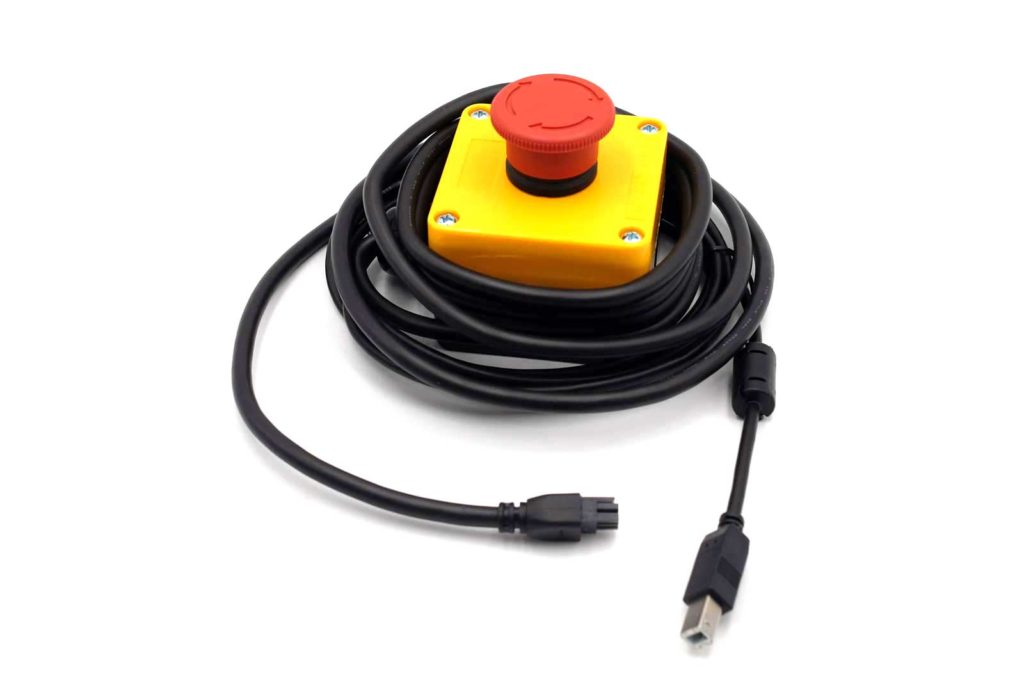
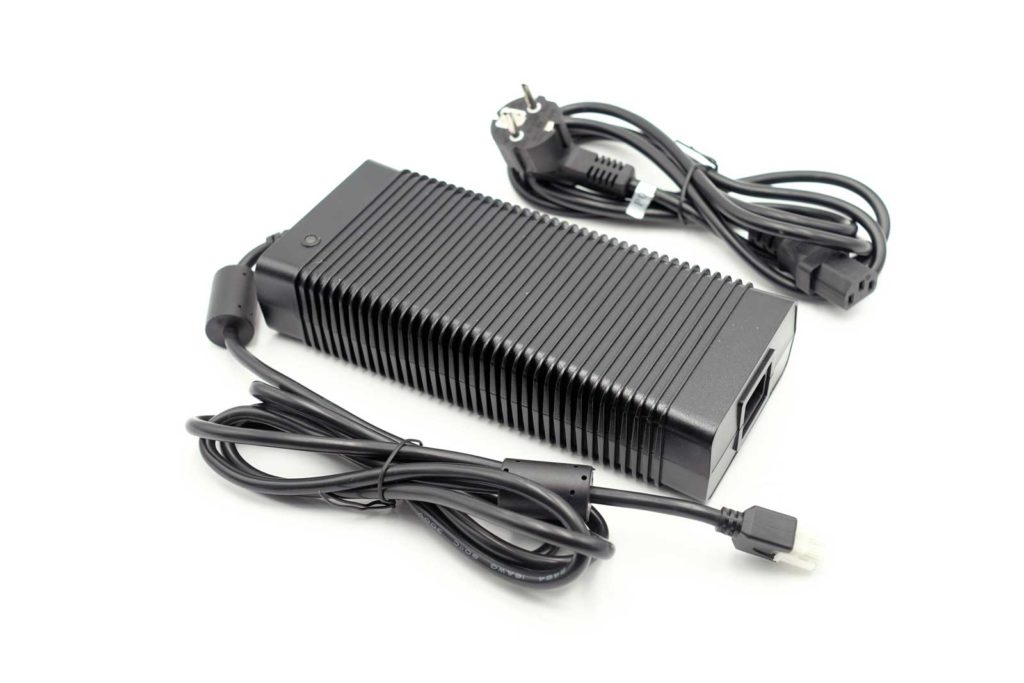
Technical specifications
| SIMUCUBE 2 Sport | SIMUCUBE 2 Pro | SIMUCUBE 2 Ultimate | |
|---|---|---|---|
| Motor | Direct Drive optimierter Motor mit ultraniedrigem Ripple-Drehmoment | Hohe Ansprechgeschwindigkeit Direct Drive optimierter Motor mit ultraniedrigem Ripple-Drehmoment | Maximale Ansprechgeschwindigkeit, geringe Trägheit, Direct Drive optimierter Ultra Low Torque Ripple Motor |
| Simucube Wireless Wheel™ Unterstützung | Inklusive | Inklusive | Inklusive |
| Simucube Quick Release™ | Inklusive | Inklusive | Inklusive |
| Max. Drehmoment * | 17 Nm | 25 Nm | 32 Nm |
| Max. 8 Nm/ms | 8,0 Nm/ms | 9. 5 Nm/ms | |
| Winkelsensor | 22 Bit absolut | 22 Bit absolut | 24 Bit Hiperface |
| Drehmoment-Aus-Taster | Standard (Premium optional) | Standard (Premium optional) | Premium (mit Fernschalter) |
| Stromversorgung | 280 W | R1 2 x 280 W / R2 1 x 450 W Peak | 1000 W |
| Abmessungen Radstand inkl. SQR™ | 130 x 130 x 250 mm | 130 x 130 x 270 mm | 115 x 115 x 310 mm |
| Befestigungslöcher | M8 x 4 Stück Gewindebohrung | M8 x 4 Stück Gewindebohrung | 9 mm Ø x 4 Stück durch Bohrung |
| Befestigungslochbild Ø | 145 mm | 145 mm | 130 mm |
| Flanschzentrierbohrung Ø | 110 mm | 110 mm | 110 mm |
| Gewicht Radfuß | 8. 0 kg | 11,1 kg | 11. 3 kg |
| Standard-Garantie | 24 Monate | 24 Monate | 60 Monate |
| MSRP, € inkl. MwSt./Steuer | 1270 | 1470 | 3170 |
Compatibility
The Simucube base is designed to run on a PC only, it is not currently intended for use on a PlayStation or Xbox.
All currently relevant simulations are supported by the Simucube software.
Mounting
Mounting the Wheelbase is quick and easy, provided you have the appropriate bracket to attach it to. In my case, the Simucube 2 Mount from VRS (adjustable & expandable – link: https://virtualracingstore.com/simucube-2-mount-verstellbar-erweiterbar) was used, which has a 3-hole pattern compatible with the Fanatec mount and also offers the option to angle the base. Basically, an option to attach to the bottom of the base would have been desirable, especially with regard to lower-priced simracing rigs.
After that, all that’s left to do is connect the power supply and emergency stop to the base and plug the USB cable into the PC.
The dimensions of the base should be positively emphasized: With 130 x 130 x 250 mm, the Simucube Sport is extremely compact and thus offers maximum flexibility in the placement of the monitors.
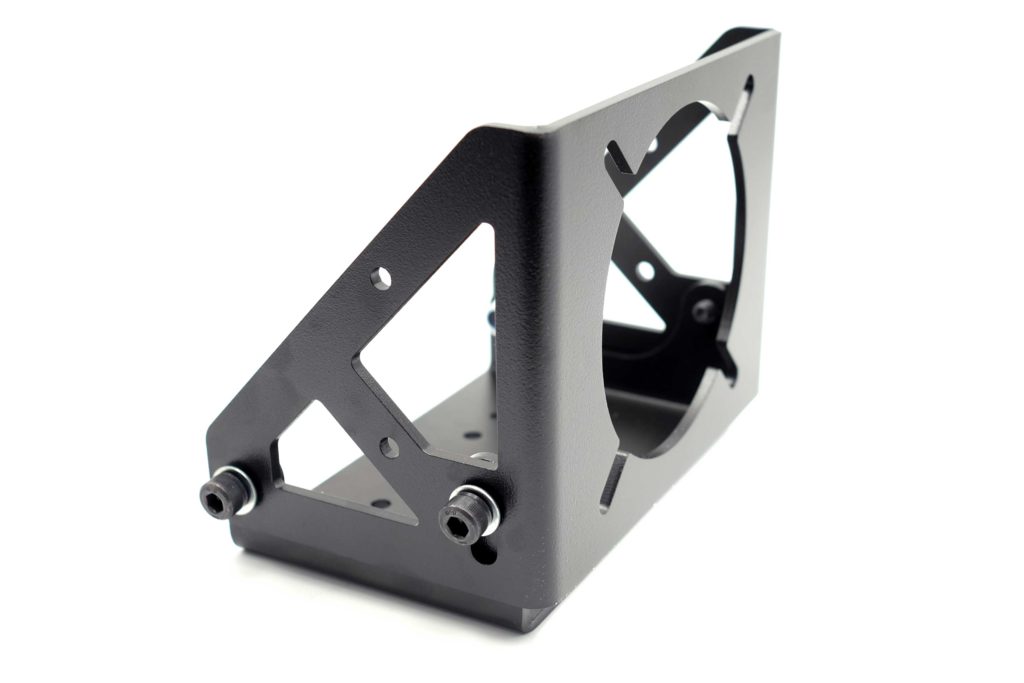
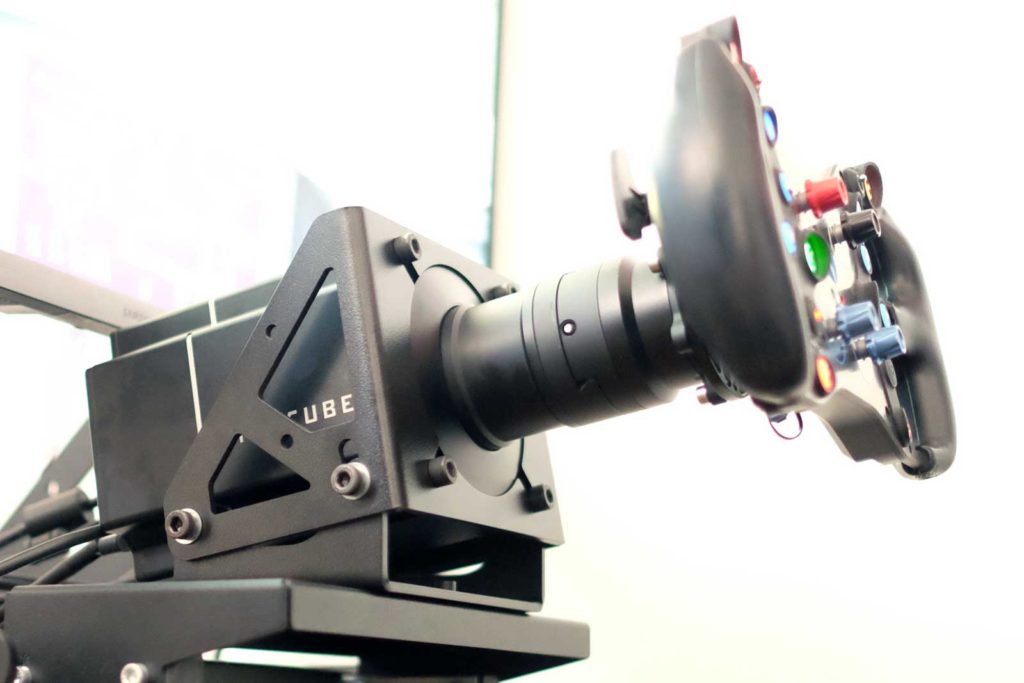
Steering Wheels and Quick-Release
Generally, any steering wheel that is not tied to a wheelbase (Fanatec, Thrustmaster) and connects to the computer via USB is compatible with Simucube’s Direct Drive Base. This offers a wide range of possibilities, starting from the low-priced steering wheels from Polsimer to high-teh steering wheels with double clutch and screen in the price range over 3000€.
The steering wheel used for this review is the Formula Pro Wireless from Cube Controls (link: https://cubecontrols.com/product/formula-pro-wireless/), which is in the upper mid-range with a purchase price of 900€, a separate review on this will appear soon. The steering wheel uses the wireless support of the Simucube 2 base and therefore does not need to be connected to the PC via USB. A selection of wireless steering wheels can be found here: Link.
The included quickrelease is suitable for almost every common steering wheel and comes in three parts:
- QR steering wheel side
- 30mm spacer
- adapter plate 70mm
The assembly is quiet eady and the steering wheel can be pushed onto the base-side Quickrelease in no time. The steering wheel is then fixed there with the included safety pin and is from now on fixed without any noticeable play. The Quickrelease is definitely one of the biggest strengths of the system in direct comparison to Fanatec’s QR1. In addition, it is possible to use third-party QR systems without any problems.
Simucube itself writes about the quickrelease:
The precision-engineered all-metal Simucube quick release guarantees zero backlash and rock-solid operation even under the extreme torques of direct drive. The guided rail design ensures perfect engagement every time, and the spring-loaded pin mechanism ensures a wear-free, tight coupling over thousands of swap cycles. Like the rest of Simucube, the SQR was built to be virtually immortal. The only theoretically wearable part, the spring-loaded pin mechanism, is made of standard parts and can be maintained by the user.
https://de.simucu.be/sc2sport-direct-drive-wheel-base

Software
The Simucube 2 True Drive software (download: https://granitedevices.com/wiki/Simucube_2_True_Drive_releases) is required to get the Direct Drive Base up and running.
The main page shows all important information about the Base and the assignable buttons (1-128). Here also the High Torque – Mode can be switched on and off, for which a safety note about the dangers that come along with the high force of a Direct Drive Base has to be acknowledged.
The second page is used to manage the connected wireless steering wheel. There you can select which steering wheel the base should connect to and when, you can also view the signal strength and battery level.
The third page is the heart of the True Drive software. Here it is possible to create different profiles and save them on the base, also it is possible to import and export profiles. The settings can be changed either in “Simple-Mode” or in Advanced-Mode. The simple settings are the following:
- Edit profile name: The profile name can be changed. Press Enter after editing to apply the new name.
- Steering Range: The steering range can be adjusted via this setting. A number of pre-selected options are available.
- Strength: Sets the maximum force feedback strength
- Smoothnes: This setting affects the overall smoothness of the force feedback feel. Softer feel reduces small details, but results in quieter operation. Less soft feel results in more detail but makes the wheel more active and can cause non-ideal FFB effects like a grainy feel and even audible noise from the wheel in various simulations.
- Damping: This setting affects the intensity of the overall effect in games and also controls the overall weight of the of the steering. More damping leads to less effect feel and can help control oscillatory behavior, while less damping leads to more feel.
For an overview of the more advanced effects, see the Base manual (link: https://granitedevices.com/w/images/a/aa/Simucube_2_User_Guide.pdf)
My first experiences with the software go in the direction of “less is more”, but each user should find his own setting, which corresponds to personal preferences. If one wants to rely on the experiences of other users, one can fall back on one of the many profiles within the Simucube community.
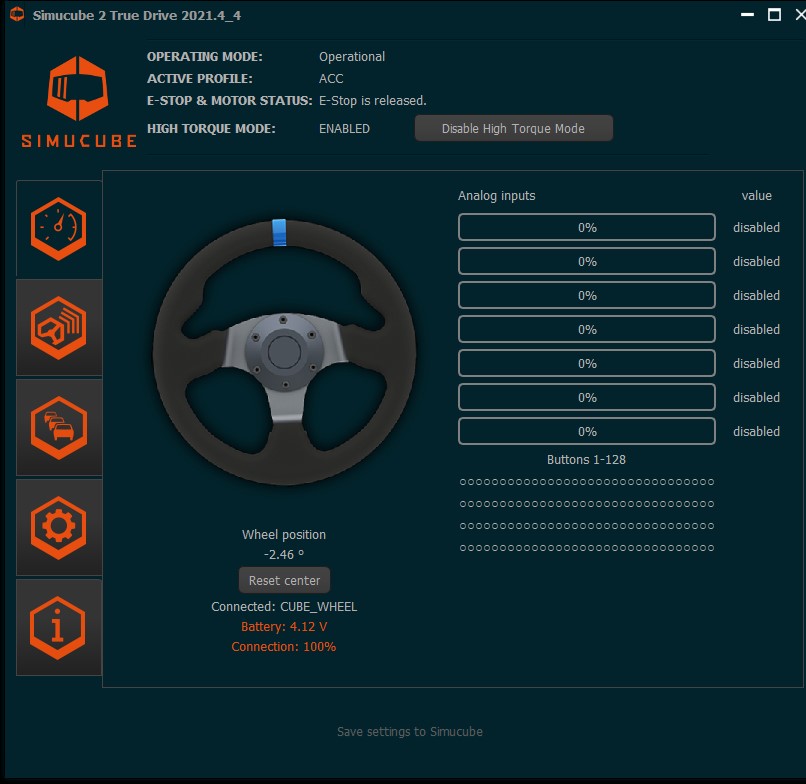

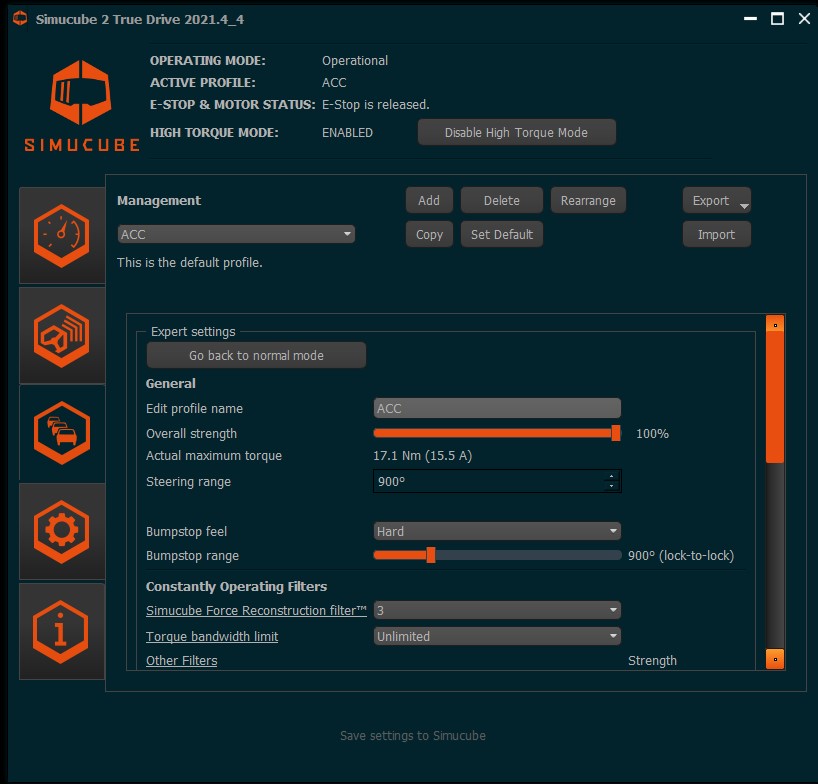
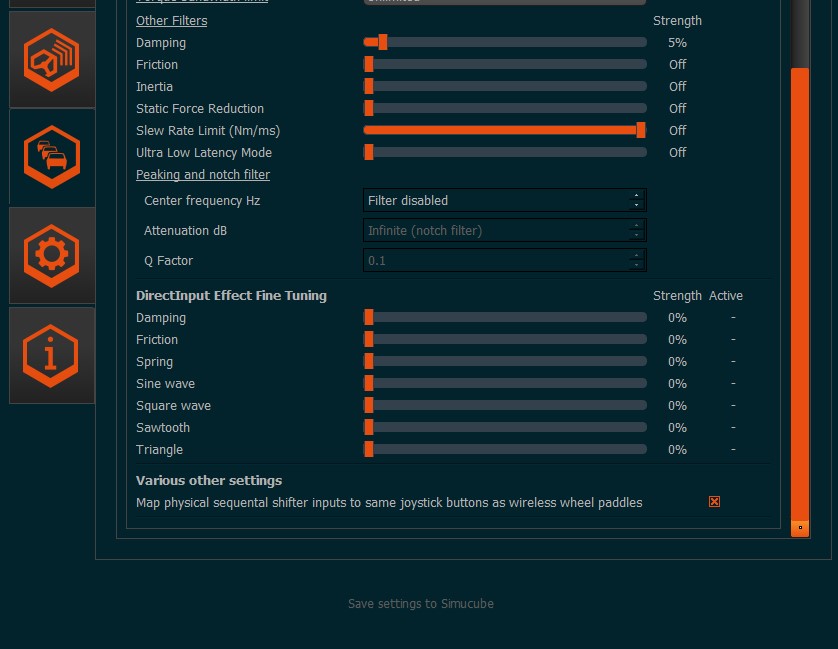
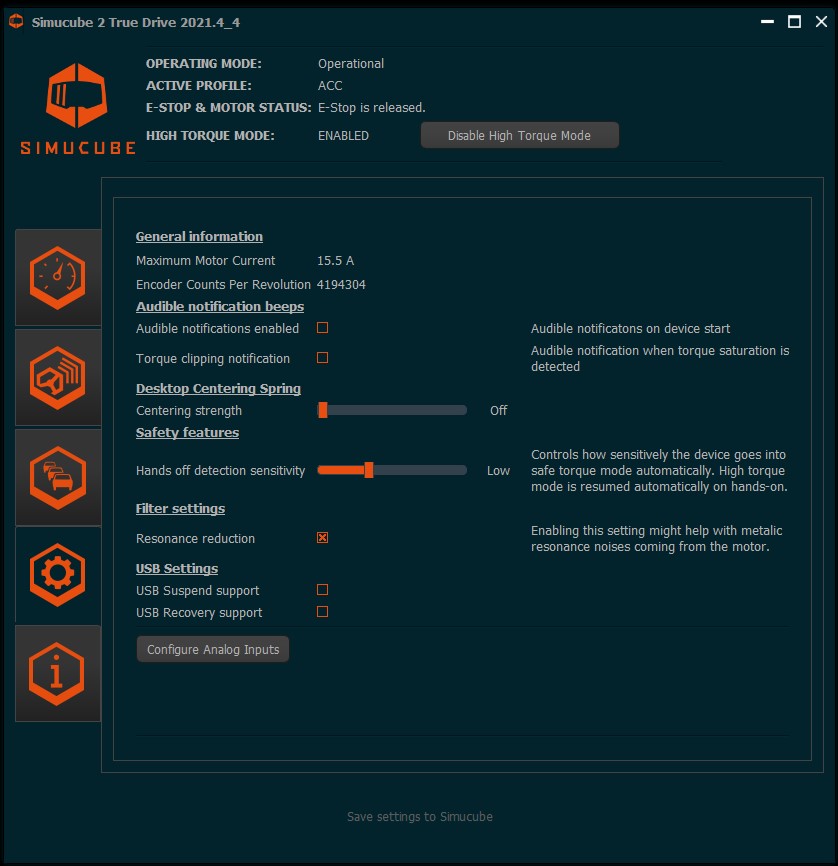
Force feedback
The Simucube 2 Sport’s force feedback of 17.1 Newton meters is perfectly adequate in terms of power in the vast majority of situations. In conjunction with a setting of 40% in-game strength in Assetto Corsa Competizione, the base is left with enough reserves and clipping does not occur in any situation. The feedback is subjectively very detailed and direct, comes along without any notable oscillation, and is at the same time very smooth without any unexpected jolts in the steering wheel.
The only applications where the base might reach its limits are unrealistically high force feedback settings or historical vehicles with enormous steering wheel forces. Those aiming in this direction should possibly think about the next larger model.
Comparison with the CSW 2.5
Comparing in Assetto Corsa Competizione with a CSW 2.5 from Fanatec, which was operated with similar strength, it is noticeable how directly the system of Simucube works, especially when breaking out the rear. You may not see the result of this directly in the lap time, but seen over an entire racing season, the base can perhaps prevent one or two departures. In any case, you have much more reserves here than with the CSW 2.5 from Fanatec.
Comparison with Fanatec DD1 / Simucube Ultimate
Compared with the more powerful DD bases, the small Simucube 2 Sport definitely does not have to hide. On paper, 17 Nm and a maximum slew rate of 4.8 Nm/ms compare to the 32 Nm and 9.5 Nm/ms of the SC2 Ultimate. However, since you usually do not need the maximum force, the question of whether a surcharge of almost 2000€ is worth it rationally probably has to be answered with no. Although I imagine a direct comparison in iRacing (Monza, GT3) to feel a marginal difference in response, but probably could not reliably assign this in a blind test with changing settings.
Compared to Fanatec’s DD1, Base scores more in my eyes for quickrelease than for “better” (note: very subjective) force feedback. Again, I would not prefer either system over the other. With Fanatec you get a closed ecosystem, with Simucube you have more options, but thereby dependent on third-party manufacturers for steering wheel and Co.
Conclusion
The Simucube 2 Sport is an excellent wheelbase and knows how to convince as a complete package with quick-release system and emergency stop. The 17 Newton meters are completely sufficient in most situations, plus the True Drive software offers countless adjustment options. The somewhat confusing market of third-party manufacturers and the overwhelming amount of settings for a beginner can be listed as the maximum entry hurdle. This base (or one of the two larger variants) is currently probably the base of choice, especially for enthusiasts, if you don’t want to be dependent on Fanatec’s ecosystem.
Pros
- Scope of delivery…
- Wireless support…
- Excellent force feedback
- Quickrelease
- True Drive Software
- Materials
- Unlimited compatibility
- Compact dimensions
Cons
- … except for the additionally required bracket
- … but without power supply via the base
- Steering wheels only available from third-party suppliers


